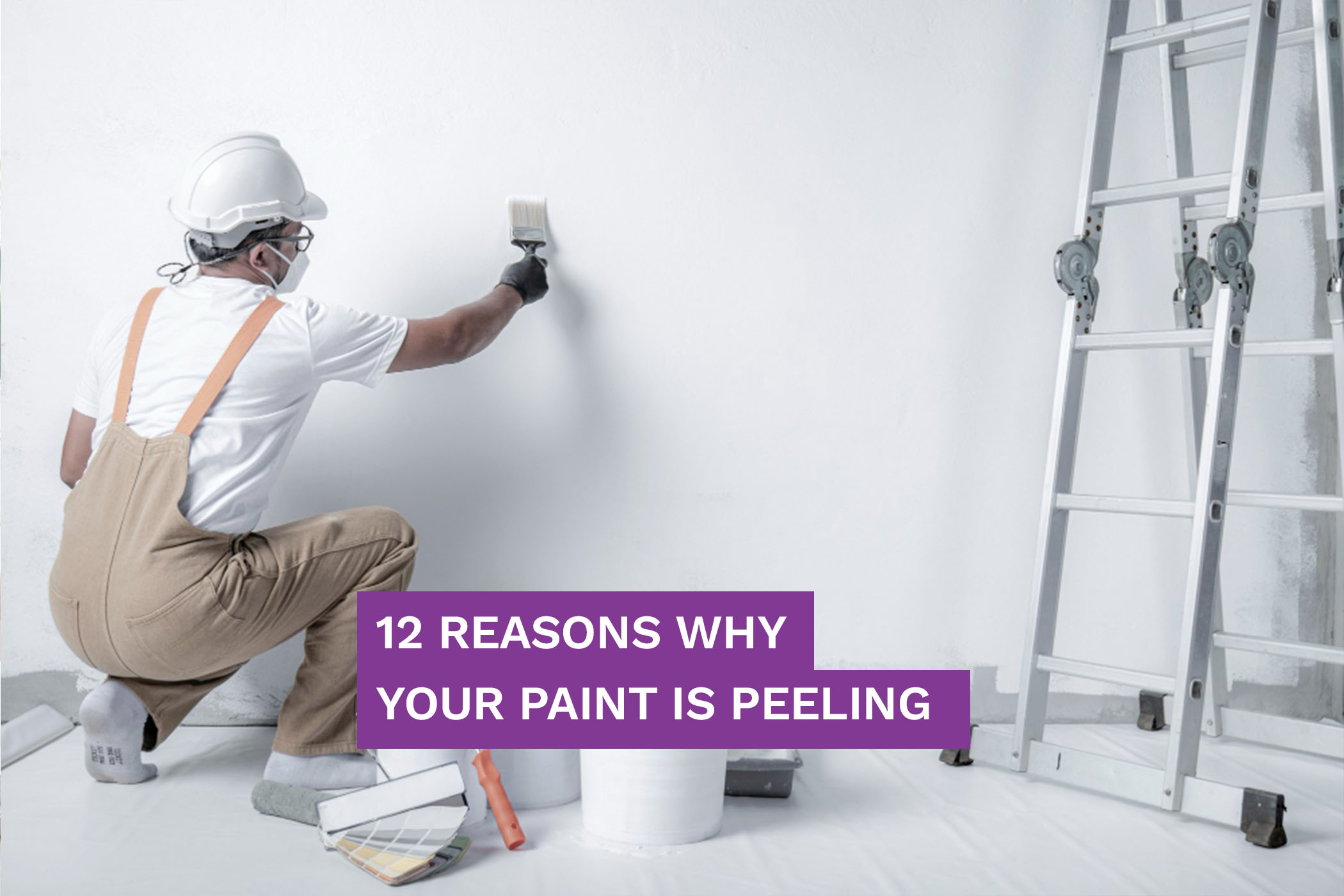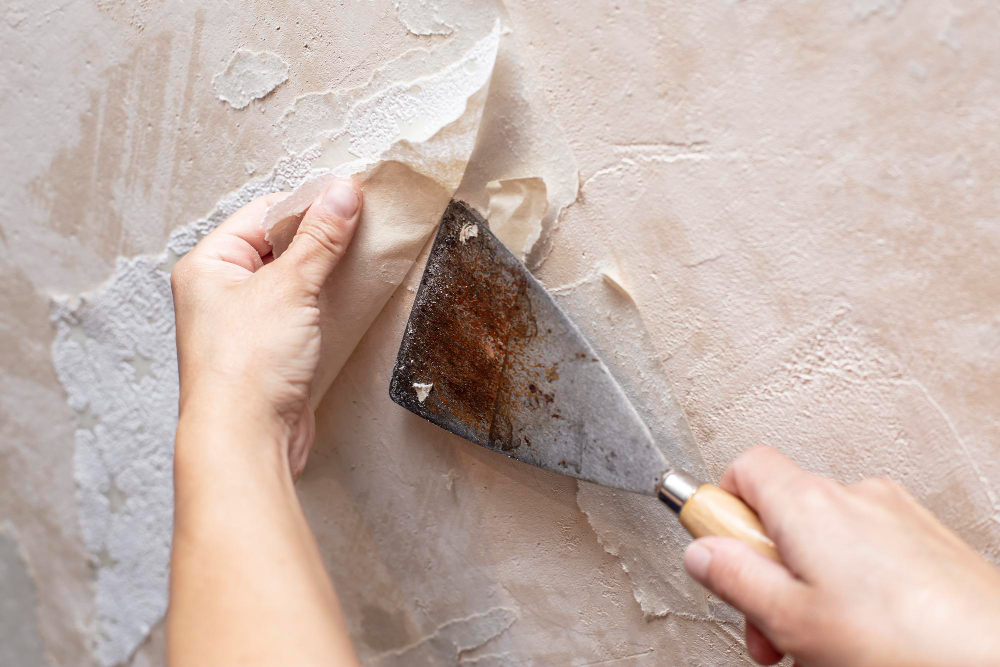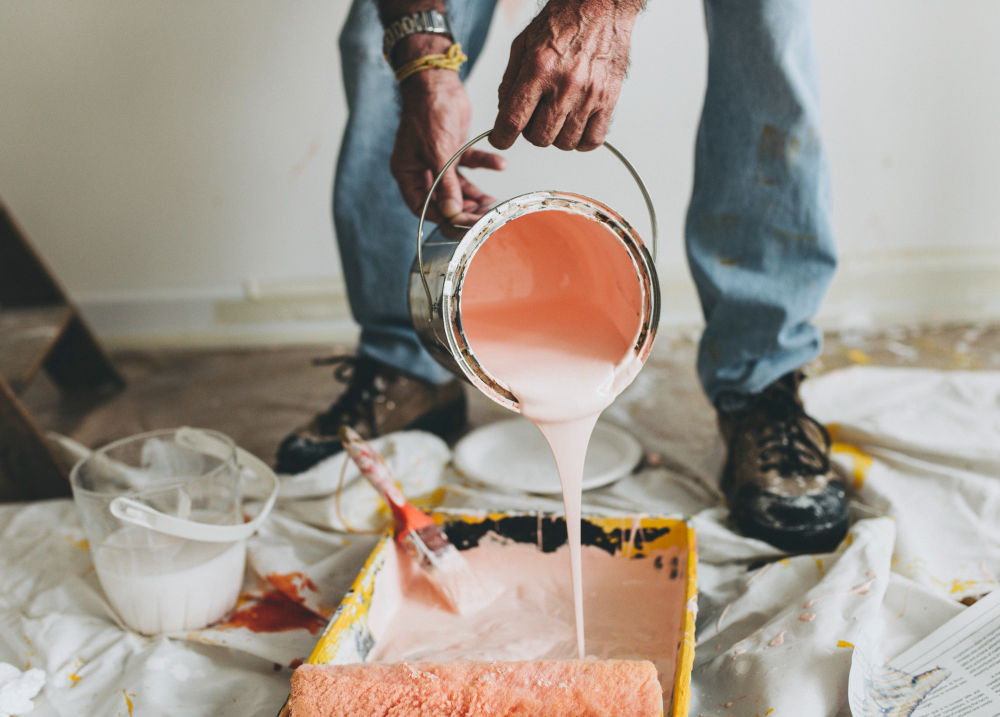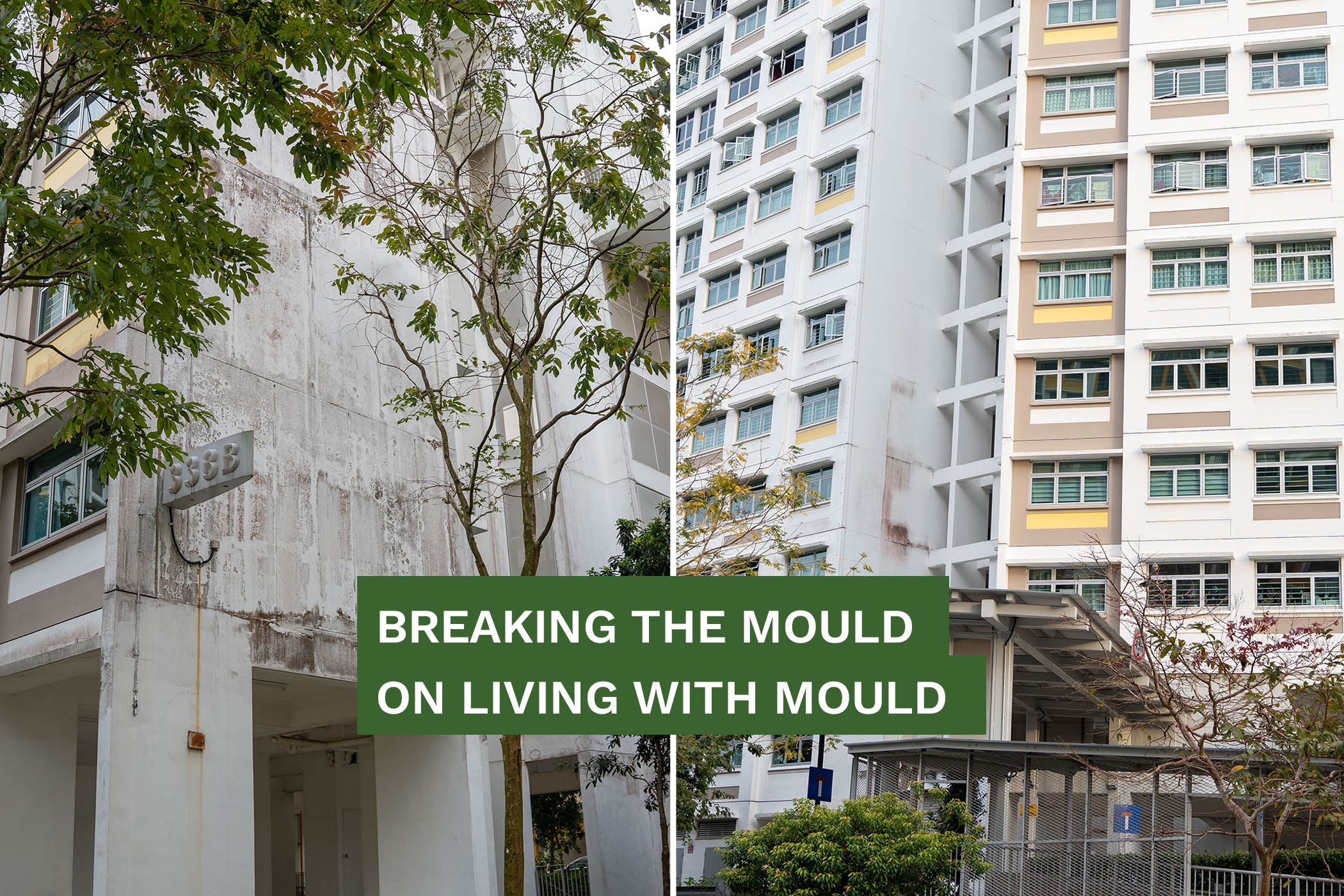
12 Reasons Why Your Paint is Peeling
Paint is a powerful thing. It can turn drab homes into darling ones. However, the inverse is true too; the moment it peels off, your home becomes Singapore’s next haunted house attraction.
In order to avoid the problem of peeling paint, it’s important to know why it happens in the first place. So here are 12 reasons why paint peels off walls, divided by paint itself, environment, and workmanship.
Paint
Paint-to-Wall Compatibility
Different strokes for different folks. And the same could be said for paints. What surface is it? Wood or concrete? Plastic or metal? Materials can react to incompatible paints, causing them to lose their stick and fall off.
Layering Different Paints
It’s like trying to pair an Android phone with an Apple user – different paint types repel each other. If you’ve got to paint over an existing layer, make sure you paint oil-on-oil or latex-on-latex. Anything else and it’ll just peel.
Low-quality Paints
True bargains are like the lottery – far and few. So how lucky do you feel? Low prices get you low stickiness, low durability, and, of course, low-quality colours. Fork out a bit more to get the good stuff. It’ll cost less than having to repaint.
Old Paint
Paints expire. Both for those already painted on or still in the can. Eventually, they lose their stick and the only thing supporting the paint is itself. And like how mom and dad can’t support kids forever, it’ll eventually just let go. Save yourself the trouble, scrape off the old then apply the new.

Environment
Water Damage
Paint hates getting wet. And it’ll let you know by peeling off the wall. Water affects paint adhesive, which is when you start to see bulges, cracks, and, eventually, peeling. Regularly inspect walls for wet patches.
High Humidity
If your paint is peeling and you haven’t got plumbing problems, it may just be high humidity. And Singapore has humidity in spades. A well-ventilated home prevents this pretty easily.
High Temperatures
High heat’s great for cooking up a meal. Not so great when laying on paint. While paint should dry up, it shouldn’t dry too quickly. It affects its ability to bond to the surface. If you have to paint, do it in the shade or cooler part of the day.
Corrosive Substances
Tough as it is, paint can blister, crack, and peel like human skin in the presence of acids or bleach. Unfortunately, most cleaners use an acid base. So if you have to clean walls with a cleaning solution, dilute it first. But never EVER use bleach.

Workmanship
Poor Painting
Thinking of “slapping some paint on” and be done with it? Think again – there’s a good reason why professional wall painters exist. Thin layers, inconsistent strokes, or even brittle brushes are all it takes to give you a long-term headache.
Too Many Layers
More ISN’T always better. More layers means it is heavier. And gravity loves heavy stuff. Enough to cause adhesive bonds to fail and pull paint off the wall. When painting, take the Goldilocks approach: not too thick, not too thin, but just right.
Improper Preparations
Walls are better at hiding imperfections than make-up artists. However, up close, it’s all there: cracks, bumps, and all that. Without a primer to fill those up, paint will not hold on to the surface as well as it should. That’s when they peel off sooner than they should.
Dirty Surfaces
Trying to get paint to stick to a dusty, dirty, or oily surface is going to be an exercise in frustration. If not removed, paint will just bubble up and fall off faster than you can say “dry paint”. Give the wall a good wipe down before you start laying the paint on.

What now?
Easy peasy lemon squeezy. Just remember the 4 P’s:
● Peel check – see what’s causing it to peel
● Plug up any leaks (if any) – prevent future water damage
● Prepare the surface – fill cracks, splits, and openings with compound, then sand it down
● Paint – don’t be cheapskate with it; do it right the first time
Posted on 9 December 2022
Kenny Tan,
SIXiDES Editorial Team
Share
Related Tags
More Articles about House Hacks

A guide to using window curtains, drapes, shades, and blinds
Windows. Portals that let you see out. And lets the sun, and prying eyes, in. The latter two are good enough reasons to cover those windows up ASAP. But how, you ask? Brick up the windows, you say? Don’t be silly. With curtains, drapes, shades, and blinds, of course!

9 Mistakes to Avoid with Your First Home
No homeowner has the benefit of hindsight when it comes to renovating their very first home.

7 Red Flags that Scream "Designer Danger!"
The thing about renovating homes is that, unless you’re in the industry, everyone’s a novice. Admit it – you can count all your renovations with only one hand. With that little experience, with a dash of inattentiveness, you are ripe for the picking by scammers.

5 reasons to meet multiple interior designers for your dream home
Finding an interior designer is like finding a soulmate – it will change your life, for better or worse. Only one will involve a wedding, but both involve a long-term commitment, significant investment, and chance of constant headaches.

5 factors to consider when buying a mattress
Mattresses are a big deal – they affect our quality of sleep and, thus, quality of life. No surprise.

Breaking the mould on living with mould
Mould is a fact of life. If there’s a building, there’s mould. Nothing can be done. Move on. But should we really? The short answer: No. The long answer? Nooooooooooooooooooooooooo.
.png)